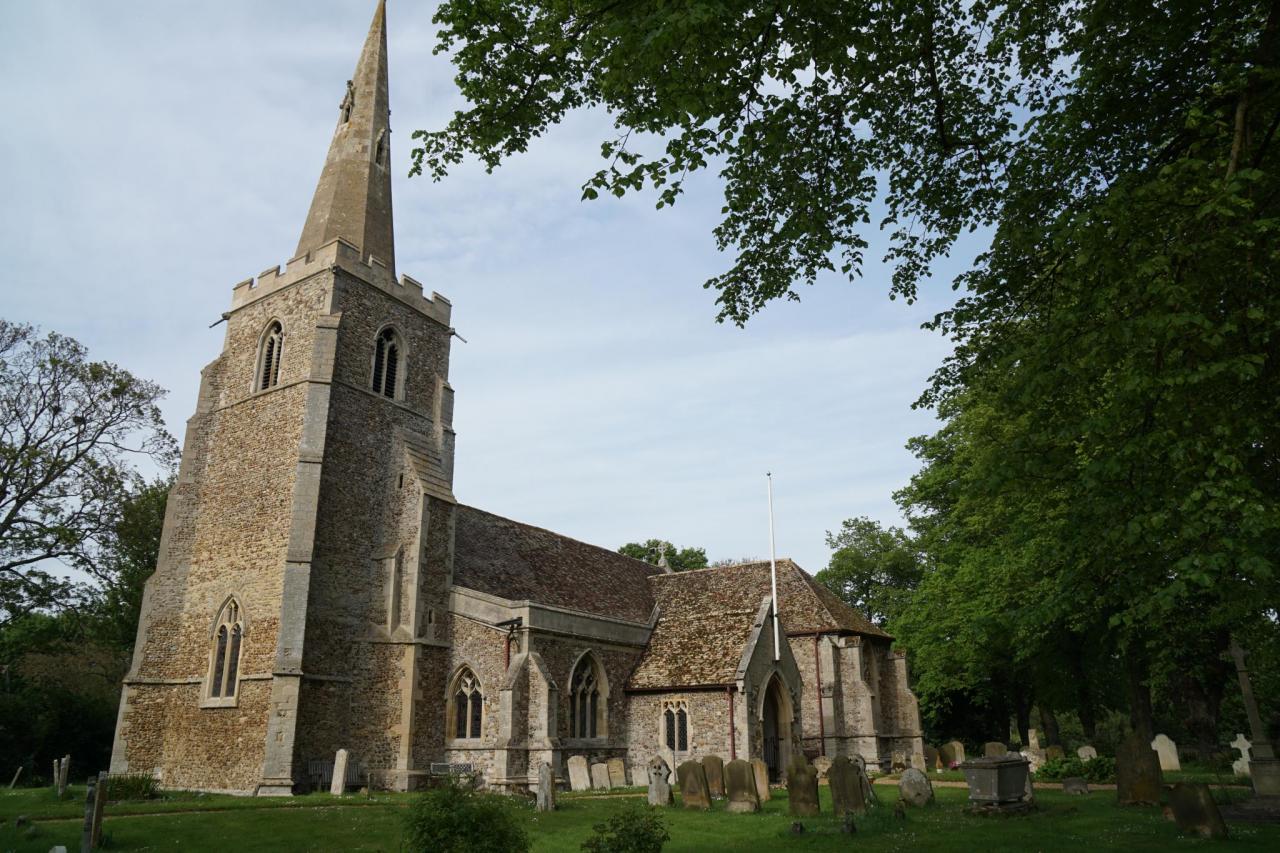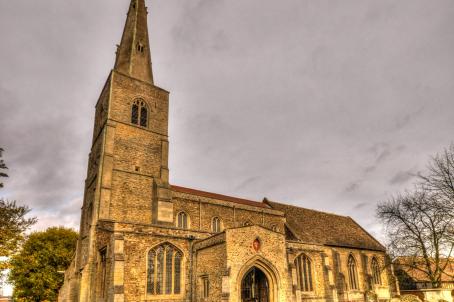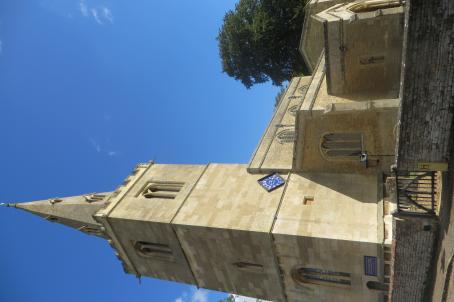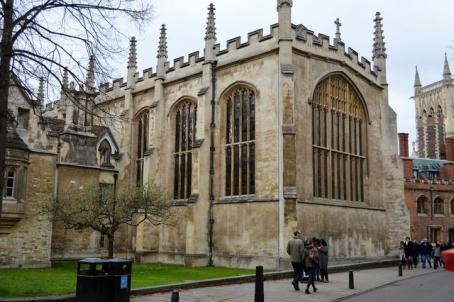All Saints

The first known reference to the village is in 1070 as Stantona, an enclosed settlement of stoney ground. The Doomsday Book of 1086 refers to Stantune and the name Longstanton was in use in 1282.
About this building
For more information visit on this building visit www.explorechurches.org/church/all-saints-longstanton





